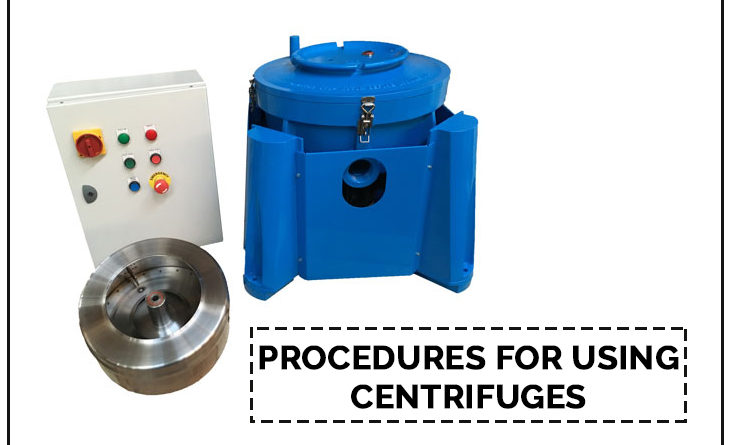
A centrifuge is a device that spins at extreme speeds. They’re mainly used to separate liquids from solids in the lab, or in industrial plants, but they can also be used to train astronauts or terrify paying customers at Disney Land. Lab centrifuges are the best known type, the ones that are used for blood testing and involve spinning test tubes.
In the industrial world, centrifuges are used to filter wastewater. They are most commonly designed as rotating drums, and they work in combination with magnets, exhausters, blowers, and conveyor belts to separate recyclable liquid from solid pastes or dry waste cakes. The process makes the waste cheaper and safer to dispose.
In some cases, the water and paste is recycled and the dry cake goes to the land fill, while in other cases, the wastewater goes down the sewer, as long as all the toxins have been removed. Industrial plants generate tons of waste every day, so these centrifugal machines are essential to the manufacturing process. However, industrial centrifuges are more complex, so let’s look at the steps that apply to lab centrifuges.
Laboratory centrifuges
In laboratory settings, a centrifuge is used to test samples for individual cells and bacterial or viral content. They’re most commonly used for blood tests, so it’s important that the samples don’t get contaminated. A centrifuge could be small enough to sit on a table top or large enough to fill a room. Samples are most frequently loaded into delicate test tubes.
Because these tubes are so fragile, you need to be careful not to shatter them. After all, you don’t want bits of glass in your fingers or eyes. Worse, it may be impossible to collect new samples if your testing matter spills onto the floor. A patient can only give you so much blood and urine in one sitting, so handle your samples with care and label them clearly
Wear gloves at all times – preferably surgical disposables, because they give you a better grip. Check the test tube for cracks and replace them if needed, since any crack can shatter the tube at spinning speeds. Seal the tube tight to prevent the sample from slipping out, and wipe it with a disinfectant so that none of the sample remains on the outside of the glass. Load the test tubes securely into position, tightening the chamber seal.
Lab testing procedures
Many centrifuges have an electronic control panel you can use to set the speed, temperature, and duration of the test. The calculations are complex, but lab techs are familiar with them. In some cases, the sample might need to be counterbalanced with ‘control tubes’ that have distilled water. Without this, the centrifuge can wobble, damaging itself as well as the specimens. Modern centrifuges have an automatic shut-off that stops the spinning if it detects any disturbance in the force of your spinning tubes.
While the lab equipment is hi-tech (and expensive), it’s not above human error, so keep an eye on it and make sure you load it right – and more importantly, position it right. It needs to be on a flat surface, since any jiggling could do a lot of damage, both to the test results and the equipment itself, and this isn’t the kind of problem you can fix by wedging folded paper under one of the wobbly legs. Also, this may seem obvious, but never open the lid until the machine is at a complete stop.
Industrial centrifuges
Wastewater centrifuges are much easier to use. You just pour the liquid into the rotating vat. Drums are usually loaded from the top, so that gravity minimises the energy needed. Blowers can be used to sift the incoming wastewater, getting rid of surface foam. Magnets are also sometimes positioned at the entrance of the vat, to catch metallic particles floating in the wastewater as it spins in the centrifugal drum.
At some point, the drum will have to be cleaned, because solid waste gathers at the bottom or sides. In some equipment, the wastewater passes through a conveyor belt lined with filtration media. The belt moves the solid waste to a collection bin, and once the bin is full, it empties itself. In this type of self-cleaning machine, no further action is needed.
For manual machinery, sludge coats the sides of the centrifugal drum, while cleaner liquid flows out of the exit pipe. Use a scraper to remove the paste from the sides of the drum. This paste is often edible. No, you’re not supposed to eat it, but it can be harvested and sold as a separate by-product such as vegetable starch for thickening soups, feeding livestock, stiffening collars, or making adhesive products.



